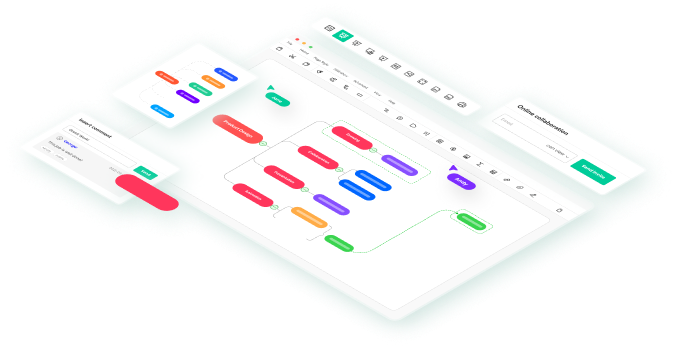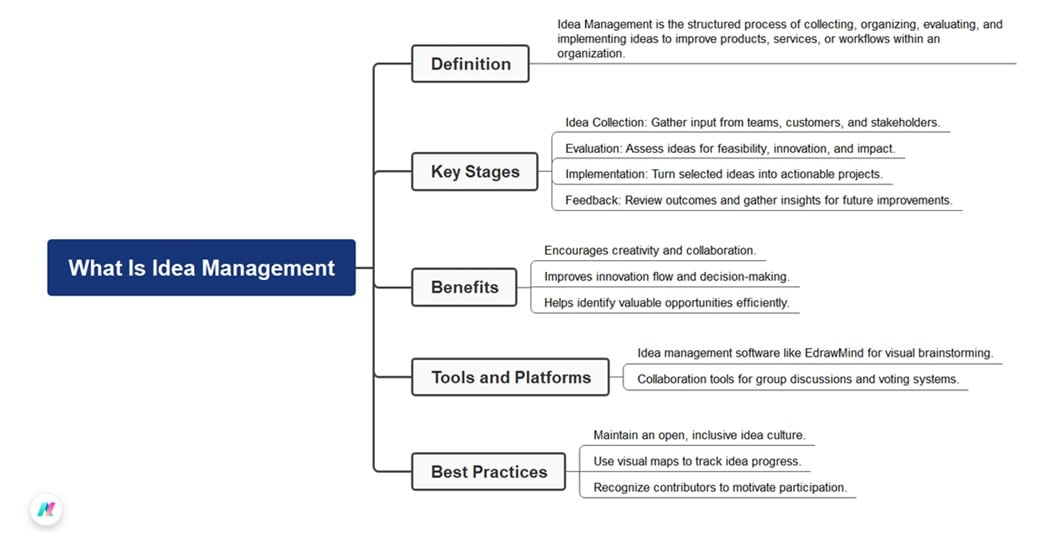
Idea management helps organizations capture, organize, and improve ideas. It makes sure good ideas don’t get lost and supports teams in turning them into valuable solutions.
Businesses grow when they listen to ideas. From employees to customers, every suggestion can inspire change. Idea management gives structure, so these ideas become real improvements instead of random thoughts.
Using tools and strategies for idea management keeps teams focused. It ensures the best ideas are developed into projects that drive progress and long-term success. Read the article to learn more.
In this article
What Is Idea Management?
Ideas lie at the core of innovation and ground-breaking development.
Smart businesses, companies, and individuals know that achieving great progress can start with just an idea, which, if properly developed and managed, will blossom into enormous success.
Because ideas are the foundational stones for success, an increasing number of people are seeking a systematic approach to capture, refine, and execute them.
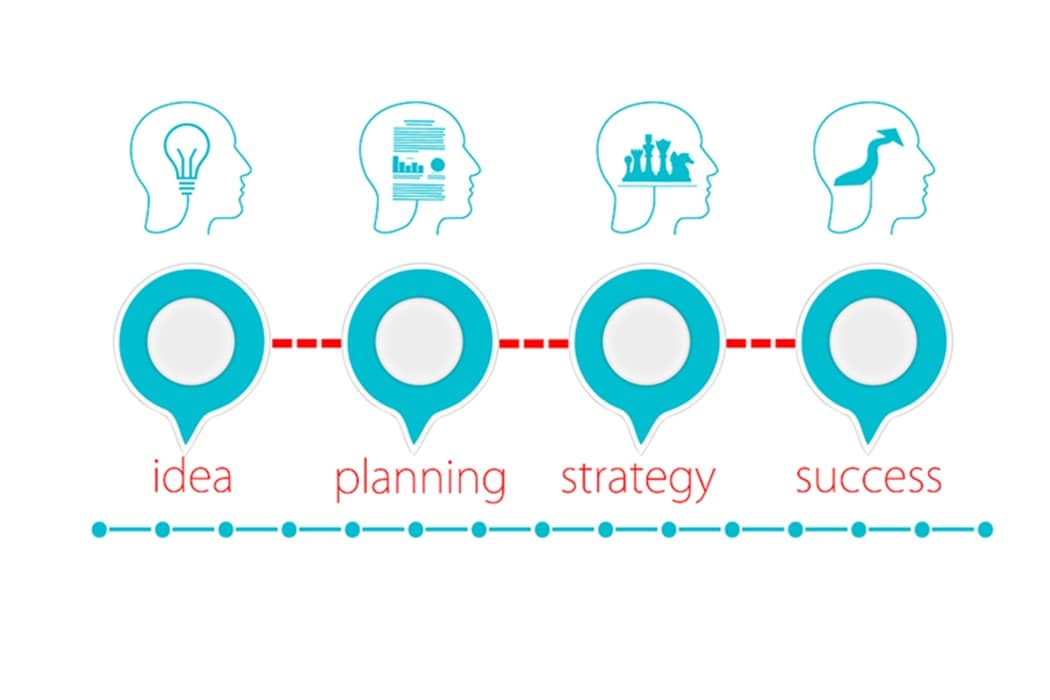
This systematic approach is called idea management. Ideas come and go. Sometimes, ideas bombard us so much that it's hard to keep track of them, and that is why it's crucial to set up a system for capturing these ideas.
Idea management is, therefore, a systematic and structured approach for generating and gathering ideas from both internal and external sources.
These collected ideas will be analyzed, prioritized based on potential, and further refined using an idea management system before being executed and transformed into a final product or service.
An idea management system is used before they are executed and transformed into a final product or service.
Idea management systems are tools or technologies that aid the idea generation process and keep track of collected ideas. Idea management systems are tools that help you organize and categorize ideas based on their potential.
With an idea management system in place, you can onboard team members and create a pool of insights from their contributions. Think of it like a repository or database for all the ideas that you come across.
Differences Between Idea Management and Innovation Management
Markets change rapidly, and so do the interests of consumers. Idea management and innovative management are the techniques by which organizations can keep abreast of this change and remain relevant to the people they serve.
Though idea management and innovation management are both critical to the growth and sustainability of businesses, they are not the same thing.
Innovation is an undeniable instrument for driving growth and increasing business profitability.
Innovation encompasses the process of creatively introducing new concepts into a business model, creating new products and services, and adding unique value to existing ones. Innovation is achieved through an organized strategy called innovation management.
Innovation management is the strategic procedure for implementing innovation in a business process or organization. It describes the entire process and activities undertaken to generate new ideas, polish and refine them, and implement them to increase a business’s market value.

So, how does idea management differ from innovation management?
Idea management is a core aspect of innovation management. Innovation management is a vast, encompassing strategy, and the idea management process is just one wheel, though a vital one, in this system that drives innovation.
Innovation management can be likened to the vehicle for driving business growth, while idea management is like the engine that provides the force that drives the car.
In the idea management process, the focus is on stimulating, stirring, and generating new ideas that will impact and improve existing business models, products, and services.
On the other hand, innovation management focuses on strategies employed for generating and developing entirely new products, services, or business processes.
Why You Need To Manage Ideas
Imagine you are the product manager for a company that makes hair care products. You have the task of continually offering ways to improve the company's hair care line.
To improve the products, you can ask for feedback from your consumers and staff, or you can even spy on your competition to find ways to promote your products and beat them on the market.
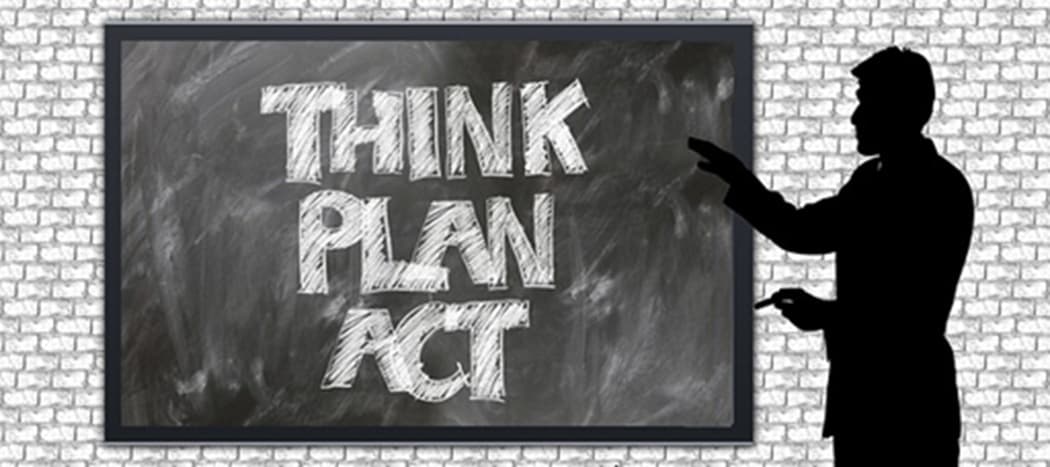
After all your efforts at soliciting feedback, you have a pool of collected ideas and insights that you can refine and implement to improve your products and increase business value.
But how do you go about collecting these ideas? What strategy can you employ to sift through the ideas you receive and find the ones with the most promise and potential?
How do you systematically keep track of all these ideas so that you don't forget or lose them?
These important questions lead us to the concept of idea management and the need for a tool —a system for managing collected insights.
Going back to our product manager scenario, if you had an idea management system, getting feedback and insights to improve your product would not be an arduous task.
With an idea management system, you can collect ideas from key stakeholders, consumers, and team members, pool them in a repository, and prioritize them based on their value potential.
You can now track your current point in the ideation process, and this will inform how you channel resources into improving your products.
Managing ideas is a full-bodied work that cannot be handled casually. There are many benefits to be gained when ideas are properly and efficiently managed using an idea management system.
Managing ideas using an idea management system can benefit businesses and organizations in the following ways:
Promptly tackle product problems
Consumer insight can be a powerful resource for pinpointing product-related issues and providing solutions to improve product value.
An idea management system can be set up and configured to allow consumers to provide information on problems encountered while using products. A log of this collected information will prove useful in fine-tuning, upgrading, and improving products.
Development of new products and services
When ideas are adequately collected and evaluated, insight can be drawn for the development of new products, services, and business models.
Idea management systems provide a systematic way of obtaining diverse thinking from several people. These ideas can further be developed to create new products and services that will lead to growth.
Harness collaboration among team members /employees
An idea management system is a tool that can be utilized to spur team members or employees to input innovative ideas and think creatively about business processes.
This systematic approach encourages group members and employees to provide contributions that can be evaluated before being implemented as products or services.
How To Manage Ideas?
In today's world, managing ideas using a traditional approach is inefficient, impractical, and can be extremely difficult.
Sifting through numerous feedback files or scouring suggestion boxes to manage ideas can be a terrible waste of productive time and is not the way to go.
So how do you manage and keep track of ideas in an efficient and time-saving fashion?
There are modern digital tools that provide an effective method for managing ideas. One such tool is the mind map tool. Mind map tools are a simple yet efficient method for collecting, organizing, and managing ideas.
The great thing about using a mind map tool for idea management is that it enables the visualization of ideas, allowing you to gain a broad view of gathered ideas.
Mind maps are commonly regarded as structured, graphical representations of ideas or concepts. Aside from being a tool for brainstorming and generating new ideas, mind maps can also be used as systematic instruments for structuring and organizing ideas and insights.
Small businesses and lean startups can tap into this simple yet efficient tool for managing their ideation and innovation processes.
You may now be wondering how to get started with managing ideas using a mind map tool. Outlined below is a general process flow for managing ideas using a mind map tool.
Step 1: Choose a Mind Map Tool
Mind mapping software is a tool optimized for capturing multiple ideas, fostering creative thinking, and organizing them in a structured and systematic format.
Mind mapping software is designed to support collaborative input from team members, thereby encouraging group thinking and improving the ideation process.
A great mind map tool that can transform idea management into a fun, no-hassle, yet efficient process is the Wondershare EdrawMind tool.
With EdrawMind, you and your team can stay on top of your idea management strategy across all platforms—on the web, desktop and mobile.
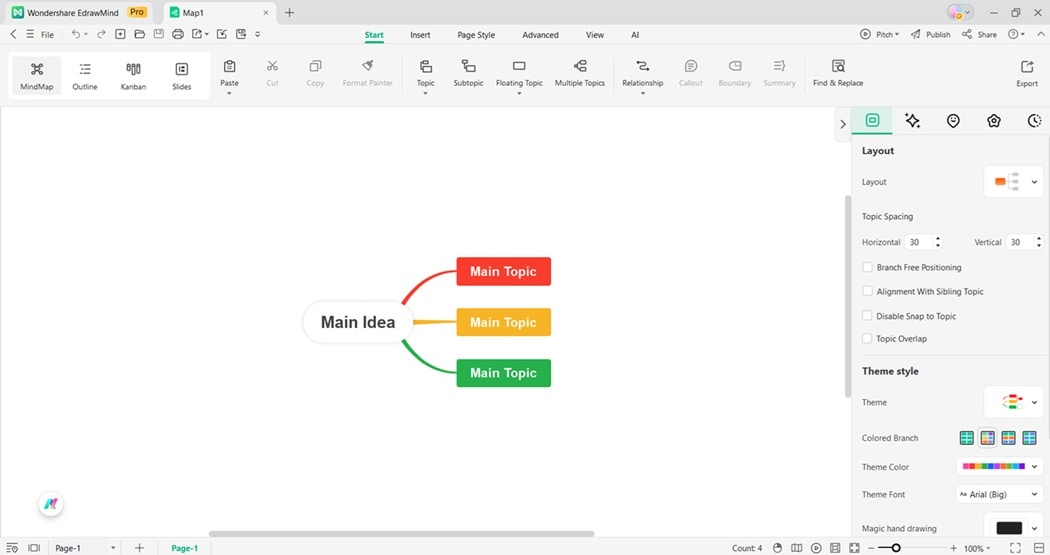
EdrawMind is intuitive and supports group collaboration, allowing team members to log in from different terminals and contribute their unique insights to your idea management strategy. You can create a free account and start organizing your ideas without any limitations.
Step 2: Define Your Goal or Challenge
You should identify a reason or purpose for your idea management strategy. It could be that you want to create an entirely new product, make improvements or upgrades to existing products, or come up with solutions to product problems.
Identifying your goal or challenge will drive the rest of the idea management strategy.
Step 3: Generate and Collect Ideas
This is the stage where you generate, capture, and gather a large pool of ideas, feedback, and insights. These ideas can be collected from employees, team members, stakeholders, and customers.
Step 4: Evaluate and Refine Ideas
This is the stage where you analyze your collection of ideas, sift, and filter to isolate the most promising and potential ones. Ideas with potential can be further improved and refined before implementation.
Step 5: Implementation
This stage completes the cycle of idea management, bringing you back to the purpose of your idea management strategy.
Whether you were looking to create a new product or upgrade an old one, this is the stage where you take the refined ideas to work to achieve your goals.
Great ideas can transform businesses and increase market profitability. Idea management systems are industry-recognized procedures for capturing, ordering, and managing the ideas that can foster economic sustainability for businesses.
Roadmap of Turning Ideas Into Action
Managing ideas works best when teams follow a clear roadmap. Think of it like a timeline that guides raw ideas into working solutions.
Each step ensures no idea is lost and every strong concept is given the chance to grow. Here’s a diagram made with EdrawMind:
Capture
Start by collecting every idea, no matter how simple. Use digital tools, shared documents, or mind maps. At this stage, the goal is gathering without judgment.
Organize
Sort ideas into categories such as product improvement, customer experience, or new opportunities. Clear organization makes it easier to see which ideas align with company goals.
Evaluate
Rate ideas based on potential, cost, and value. Involve multiple team members so the evaluation is balanced. Some ideas may be set aside, while others move forward.
Refine
Selected ideas should be improved with more detail. This can include sketches, prototypes, or further research. Refining strengthens ideas before they reach the execution phase.
Approve
Leaders or managers decide which refined ideas to support. Approval ensures resources are invested wisely. A quick review meeting can keep decisions efficient.
Implement
This is the action stage. Assign tasks, set deadlines, and move the idea into production. Clear communication keeps the team aligned.
Review
Once an idea is executed, evaluate the results. Did it solve the problem? Did it add value? Reviews ensure future idea management becomes stronger.
Following this roadmap gives structure to creativity. Teams can go from scattered thoughts to real-world results while keeping track of progress at every stage.
Resource Recommendations for Idea Management
Using the right resources makes idea management smoother and more effective. Here are some useful tools and guides that can help teams structure and apply their ideas.
Mind Mapping Software
Mind mapping software such as EdrawMind and Xmind helps teams visually organize thoughts. These tools make brainstorming easier and highlight how ideas connect and support one another.
Using visual layouts keeps teams focused and prevents ideas from being overlooked. Mind maps also encourage collaboration since multiple people can add branches, notes, or links to expand shared ideas.
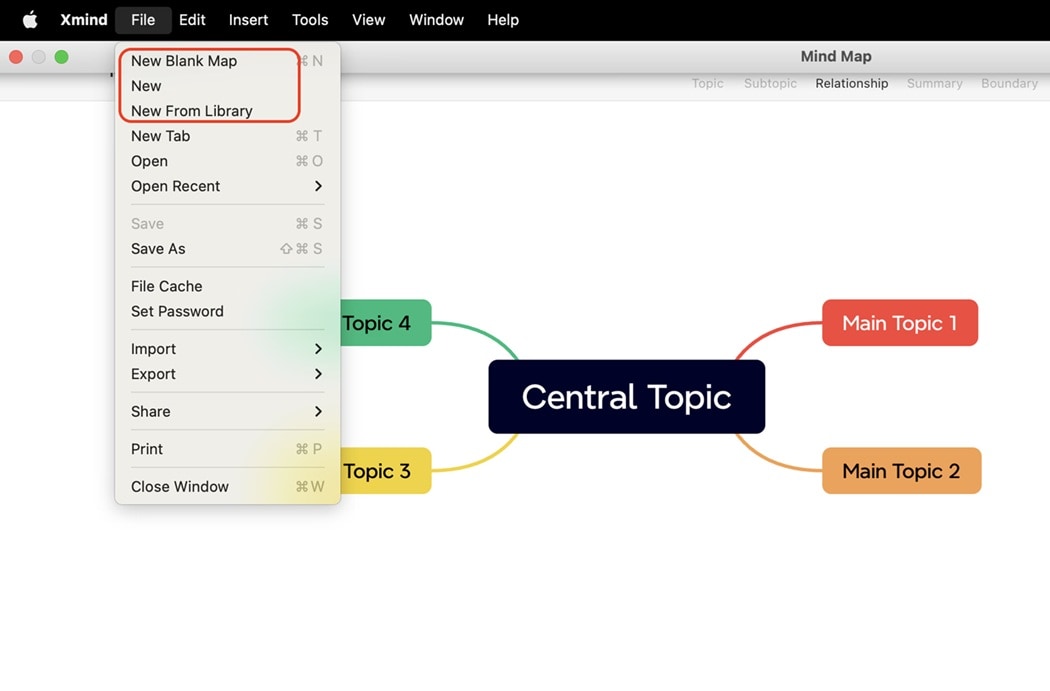
Project Management Platforms
Project management platforms like Trello, Asana, and ClickUp allow teams to track progress on new ideas. Each platform helps organize tasks, set deadlines, and assign responsibilities to different team members.
They turn raw ideas into action steps that can be monitored at every stage. With clear boards and timelines, project management tools improve accountability and reduce wasted time.
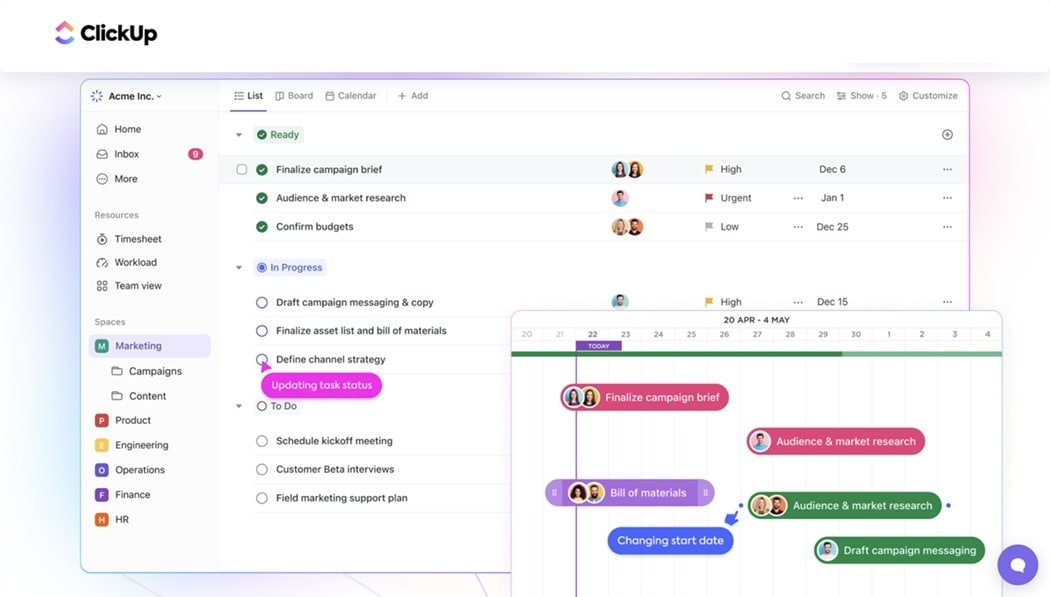
Innovation Guides and PDFs
Many business schools and consultancies share free PDF guides on creativity and innovation. These resources outline practical frameworks to help organizations analyze ideas and find structured paths to improvement.
Guides offer proven strategies for problem-solving and decision-making. They are useful for companies looking to set up formal innovation systems without relying only on internal brainstorming sessions.
Collaboration Tools
Collaboration tools such as Slack, Microsoft Teams, and Google Workspace keep discussions active. These platforms allow team members to share feedback instantly. They make communications smooth and accessible across different departments.
Strong collaboration ensures ideas are not trapped in silos. Teams can discuss, refine, and vote on proposals in real time, which speeds up decision-making and encourages collective ownership of ideas.

Idea Repositories
An idea repository is a digital hub where every thought or suggestion is stored. It can be a shared document, a database, or specialized software designed for idea collection.
Having a central repository ensures ideas are not lost or forgotten. It also gives managers a reliable archive they can revisit to spark fresh thinking or review past decisions.
Tips for Effective Idea Management
Managing ideas is easier with simple habits. Here are some practical tips that make the process smoother and more effective for teams of any size.
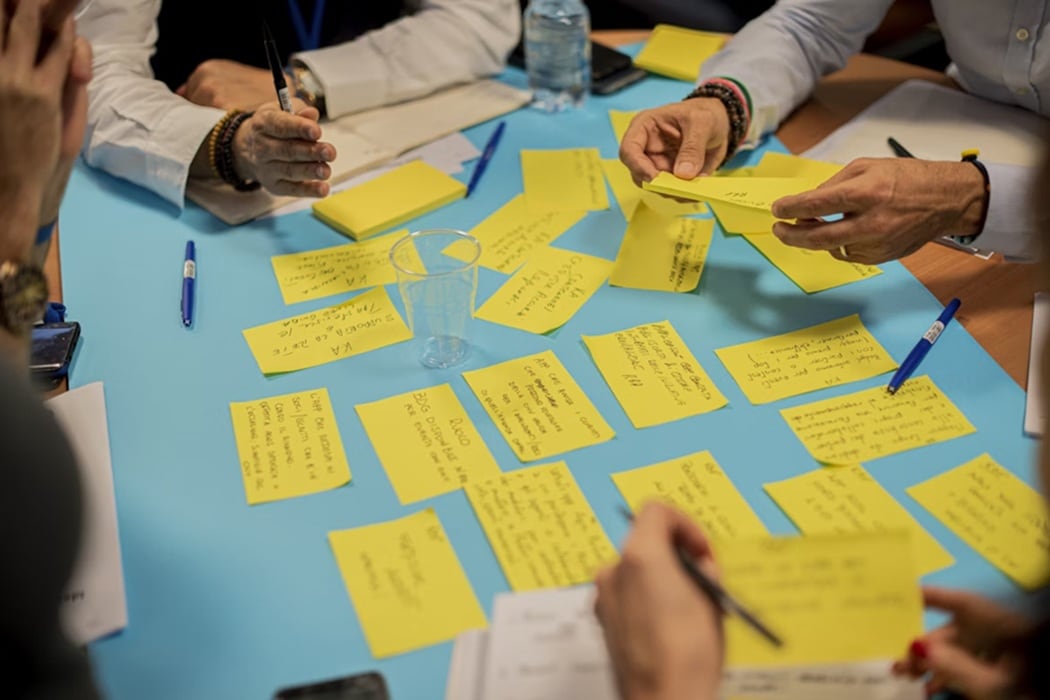
- Keep Projects Focused
Define a clear goal before collecting ideas. This makes it easier to filter suggestions and decide which ones truly fit your needs.
- Encourage Open Sharing
Create a safe space for team members to share without fear of rejection. Openness brings fresh perspectives and supports teamwork.
- Use Digital Tools
Adopt tools that help you organize, categorize, and evaluate ideas quickly. Mind mapping software, project platforms, and repositories prevent good ideas from slipping through the cracks.
- Review Ideas Regularly
Set aside time each week or month to review the idea pool. Frequent reviews keep momentum and stop ideas from becoming outdated or irrelevant.
- Use a Mind Map
Mind maps turn scattered thoughts into structured visuals. They help teams see the bigger picture, highlight relationships, and prioritize ideas. This makes execution more direct and effective.
How To Boost Efficiency With a Mind Map
Idea management involves collecting, organizing, and developing new ideas to solve problems or improve processes.
Mind maps like EdrawMind make this process visual and structured. The tool turns scattered thoughts into clear, connected outlines that help teams brainstorm and prioritize ideas efficiently.
They help you track idea origins, categorize themes, and identify the best ones to implement. With visual maps, you can analyze relationships between ideas, highlight innovation opportunities, and plan strategies with better clarity.
Here are the main features that help manage ideas effectively:
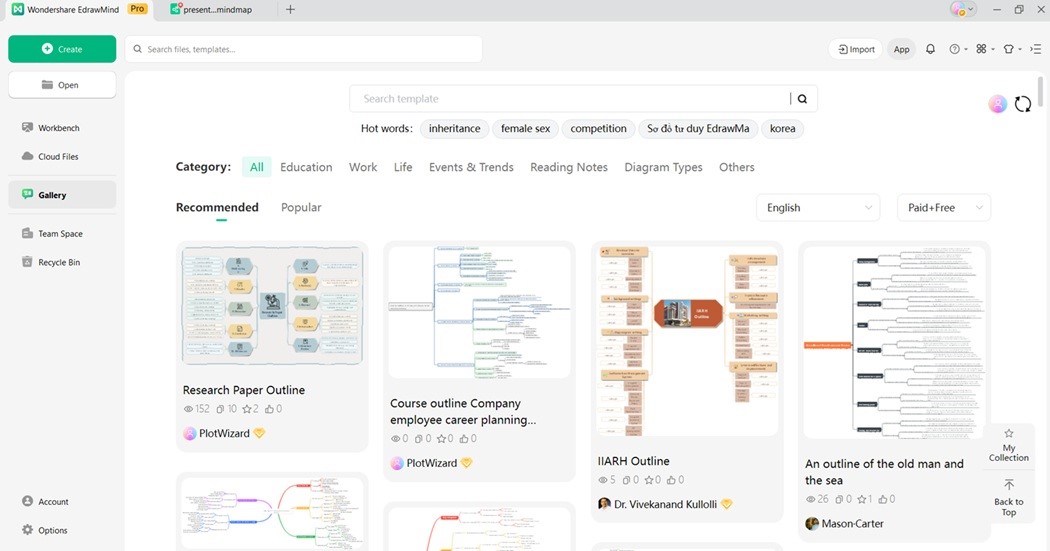
- AI Study Guide Planner
Enter topics like “Product Innovation,” “Marketing Strategy,” or “Process Improvement.” The tool creates a structured map with branches for goals, challenges, and possible solutions. It helps you organize brainstorming sessions into clear action plans.
- File to Slide Task Map
Upload meeting notes, idea sheets, or proposal drafts. The tool arranges them into visual layouts. This makes it easier to follow up on the progress of ideas and share updates with your team.
- Pic to Mind Map
Take photos of whiteboard notes or brainstorming boards. The system converts them into editable maps you can refine, expand, and present during idea evaluation sessions.
- AI Mapping
Type topics such as “Customer Experience,” “Team Collaboration,” or “Sustainability Ideas.” The AI generates connected maps that reveal links between concepts and show where innovation can add value.
- Concept Map Maker
Link related ideas like “Customer Feedback” to “Product Design” or “Efficiency” to “Automation.” These visual connections help you see which ideas support long-term business goals.
- Text to Mind Map Maker
Paste bullet points, idea summaries, or discussion notes. The tool transforms them into organized mind maps, making it easier to identify key themes and potential directions.
Using mind maps helps turn random ideas into structured strategies. They make brainstorming clearer, collaboration smoother, and innovation management more effective.
Here’s a mind map generated with EdrawMind to help you manage ideas:
This mind map explains how idea management structures the flow of innovation. It starts from collecting and organizing ideas, then moves toward evaluating and implementing them, creating a clear system for improving efficiency and creativity within teams.
It highlights how structured evaluation helps identify practical ideas worth developing. Tools like EdrawMind make visual mapping easier, allowing teams to track progress and maintain transparency throughout the idea management process.
Finally, the map emphasizes culture and recognition. Encouraging open participation and rewarding valuable contributions not only strengthens collaboration but also sustains long-term innovation by keeping employees motivated and engaged in creative problem-solving.
Conclusion
Idea management gives structure to raw thoughts. It helps businesses collect, refine, and use ideas that might otherwise get lost. With the right system, good suggestions become real improvements.
Using tools like mind maps makes idea management easier. They organize input and show connections clearly. With practice, teams can act faster, work smarter, and turn creativity into lasting growth.
FAQS
-
Can small businesses use idea management effectively?
Yes, small businesses can benefit from idea management. A structured system helps even small teams gather feedback, sort insights, and spot valuable opportunities. Simple tools like mind maps or shared documents can make the process efficient and affordable. -
How do I collect ideas from employees and customers?
You can collect ideas using surveys, feedback forms, workshops, or suggestion platforms. Digital repositories also work well. The important part is making participation easy and ensuring contributors know their input is valued and reviewed. -
What makes a good idea management process successful?
A good process has clear goals, open participation, and regular reviews. Success depends on encouraging contributions, filtering strong ideas, and turning them into action. Without these steps, idea management becomes unstructured and loses its real value. -
Can idea management increase business growth?
Yes, idea management can support growth. By capturing insights, companies can improve products, create new services, and meet customer needs faster. Effective idea management drives innovation and helps businesses stay competitive in changing markets. -
How do I start building an idea management system in my company?
Start by defining your goals, then select tools like mind maps or repositories. Encourage contributions from employees and customers. Create a review process to refine ideas and track progress. Small, consistent steps make the system sustainable.



